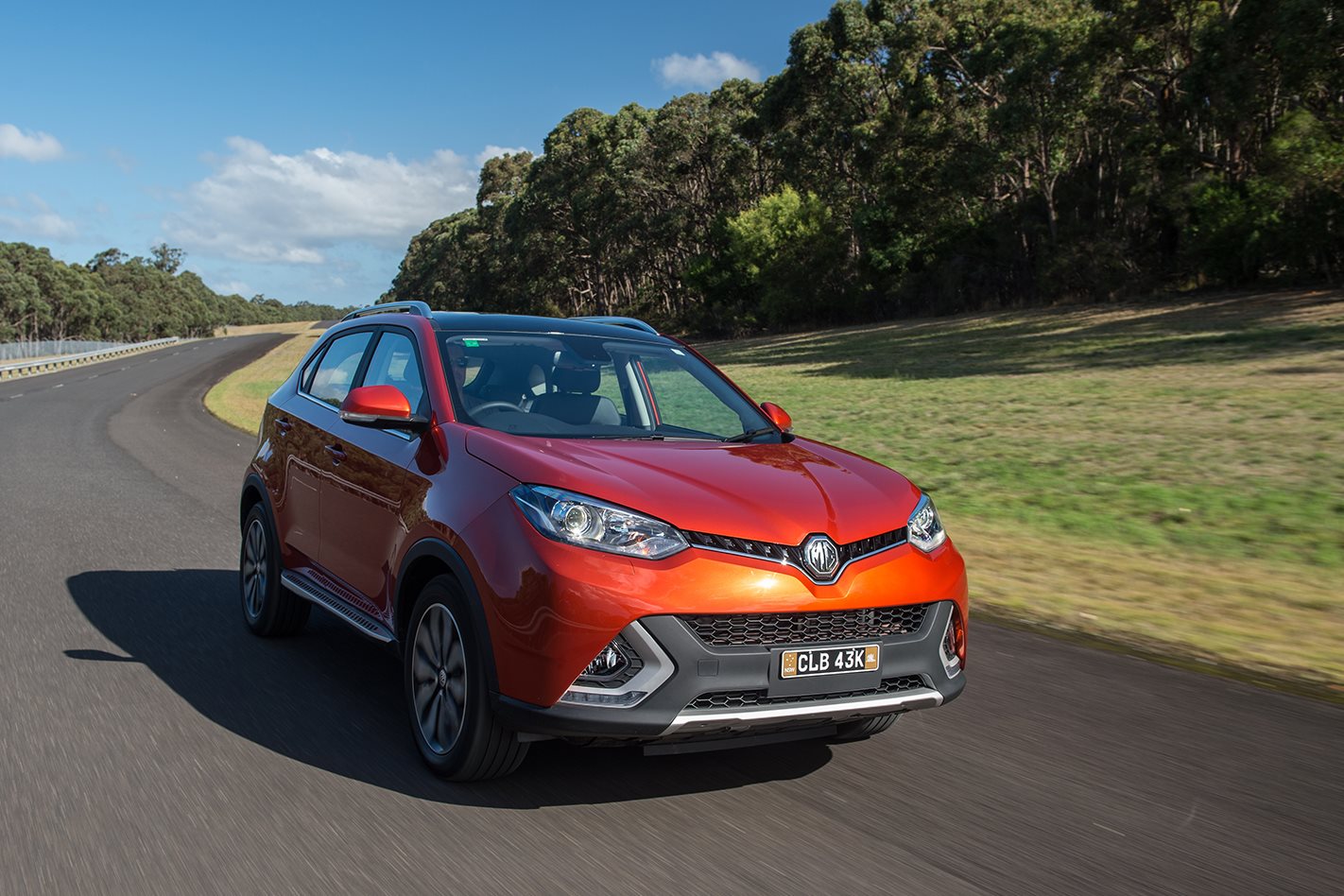THE once-again-reborn MG brand is less than a year old in Australia, and the GS is the now Chinese-owned brand’s attempt to hit the mainstream with Australian car buyers. With cars fresh off the boat at the GS’ local launch event, the company has high hopes that the car – its first-ever SUV – will resonate with SUV shoppers already spoilt for choice.
WHAT IS IT? The very first SUV from the iconic British brand, now under Chinese ownership. Available in four different specs and using SAIC Motor’s own engines, gearbox and architecture, the GS range starts at $23,990 for the entry-level model and tops out at $34,990 for the flagship.
WHY WE’RE TESTING IT With a competitive price point and spec sheet the MG is angling the GS as a prospective buy for the budget-conscious buyer. Mid-size SUVs are among the fastest selling cars in Australia, and the GS represents MG’s attempt to tap into that cashflow.
MAIN RIVALS Mazda CX-5, Volkswagen Tiguan, Toyota Rav-4, Citroen C4 Cactus, Kia Sportage
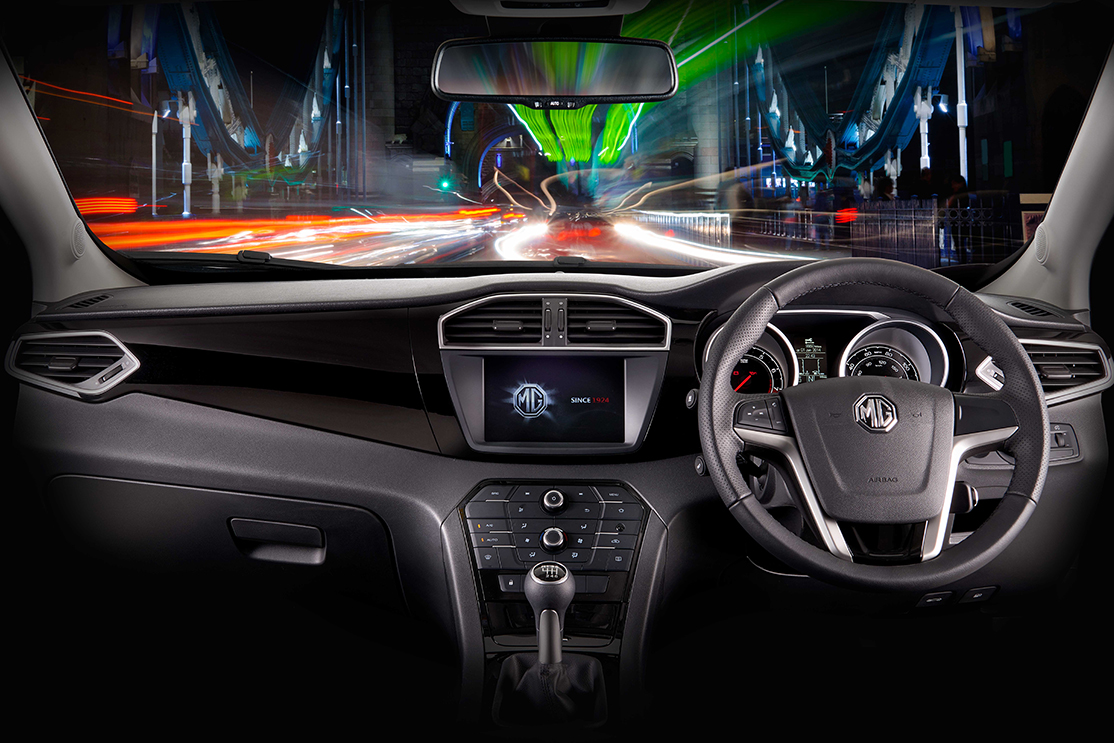
THE WHEELS VERDICT Despite the history of the MG brand, this is essentially a new Chinese company adding its name to the expansive list of manufactures for sale in Australia. The MG GS is a decent first attempt, with good power for the class. Its strongest points are an impressive chassis, competitive price point, and one of the best warranties on offer. Refinement, interior feel, and a decent suspension tune, however, are lacking.
PLUS: Eager engines; kit list; cabin and cargo space for the price MINUS: Budget feel; ride/handling compromise; jerky dual-clutch autos

THE WHEELS REVIEW THREE hours of almost uninterrupted seat time on a skidpan and closed gravel course is the itinerary you’d expect for the launch of a highly strung all-paw turbo weapon, not a UK-designed and developed, Chinese-built SUV wearing a classic British sportscar badge. But that’s how the local launch program played out for the MG GS.
Despite this being about as far from its likely natural environment as a camel in Sydney Harbour, the launch setting did reveal some home truths about the new GS.
The first is that SAIC Motors, MG’s giant Chinese parent company, has done an impressive job with its new architecture, which underpins the GS. It turns in responsively and handles predictably, particularly in AWD 2.0-litre turbo form. However, the ride is firm, especially in the AWD, and the damping lacks something in nuanced rebound control on undulating roads. The steering’s reassuringly weighty but feedback is minimal, the sound of tyre scrub instead signalling the onset of understeer.
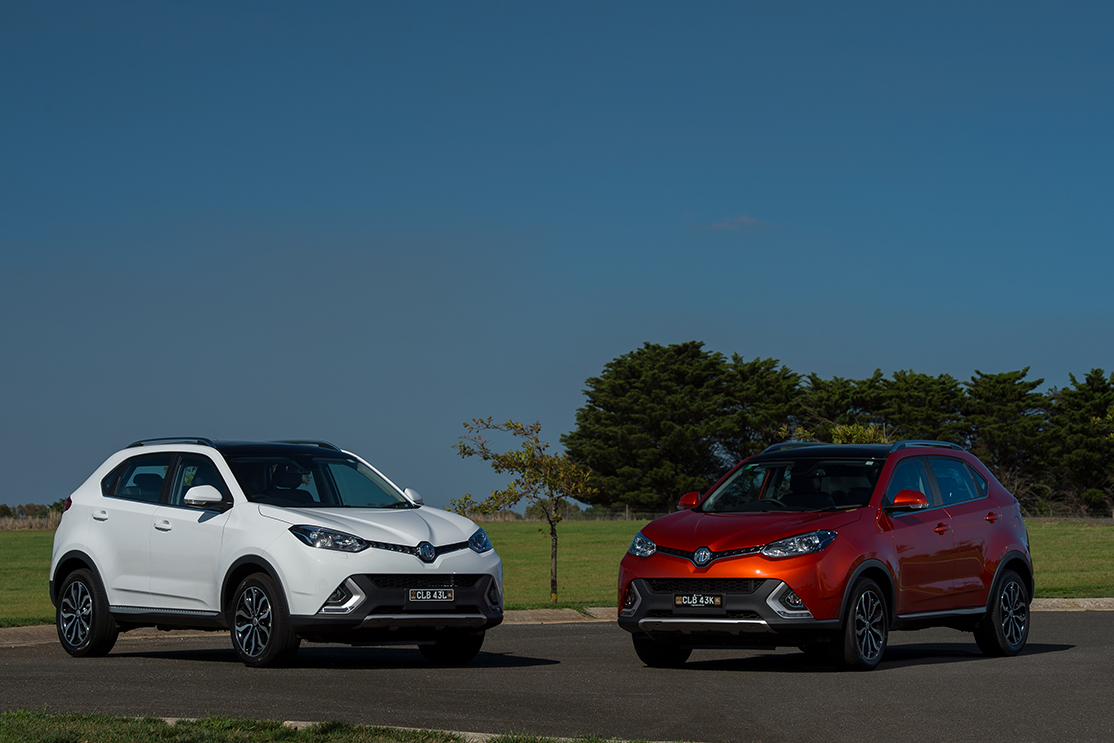
Stability control calibration is polished, the electronic safety net intervening gently. Despite many earnest attempts to unsettle the chassis, it prevented the car from leaving the course.
The GS is available with either a 162kW, 350Nm 2.0-litre turbo four-cylinder engine in the top-spec Essence X, or a 119kW, 250Nm 1.5-litre turbo four co-developed with GM (with family ties to the current Astra) in all other versions.
Both engines are lively, the 2.0-litre boasting a strong midrange beyond the initial lag, yet they’re both relatively noisy and unrefined. The bigger unit claims 9.6L/100km on the official combined cycle, the 1.5 a more reasonable 7.4L/100km, regardless of transmission.
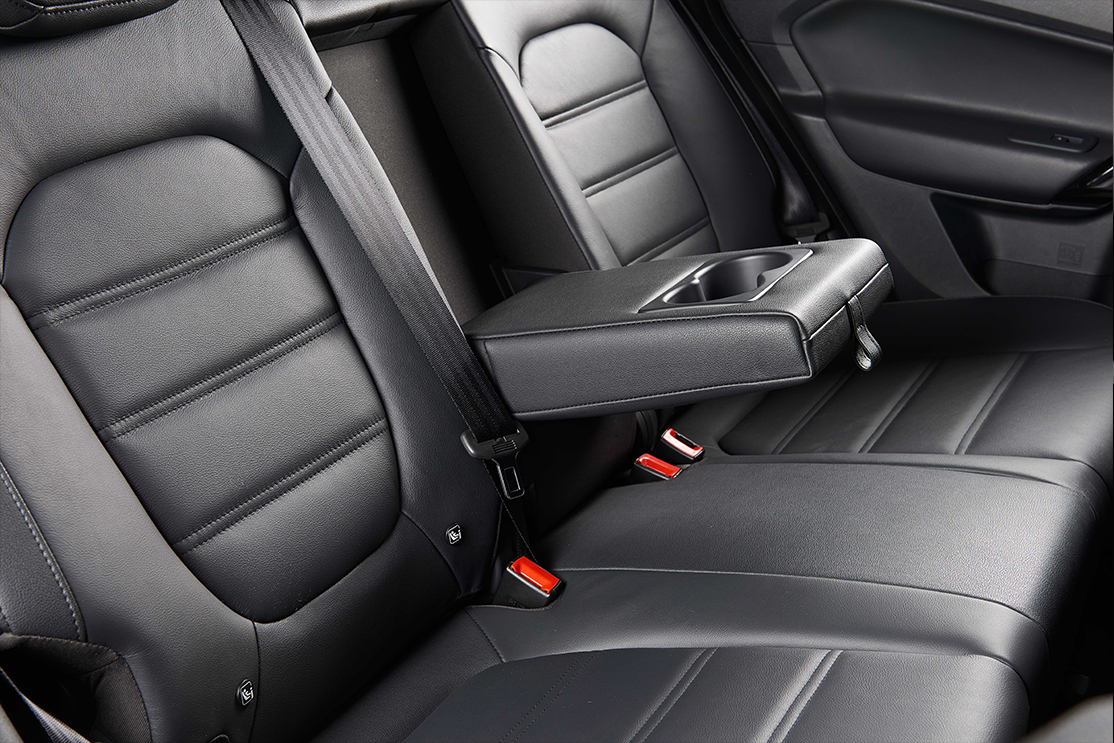
The base-model Vivid is equipped with a six-speed manual transmission, while the Core and Soul have SAIC Motor-sourced seven-speed dual-clutch automatics. The AWD Essence X uses a six-speed dual-clutch with a higher torque capacity.
Both dual-clutch transmissions can be jerky at low speed if throttle application isn’t smooth, yet can be slow to select a lower ratio on the move when your right foot calls for acceleration.
The AWD GS usually sends power to the front wheels, but can transfer up to half to the rear axle when slip is detected.
The GS is roomy indoors, falling roughly between a Mazda CX-3 and a CX-5 in size, with decent rear legroom and 60/40 seatbacks that fold completely flat.
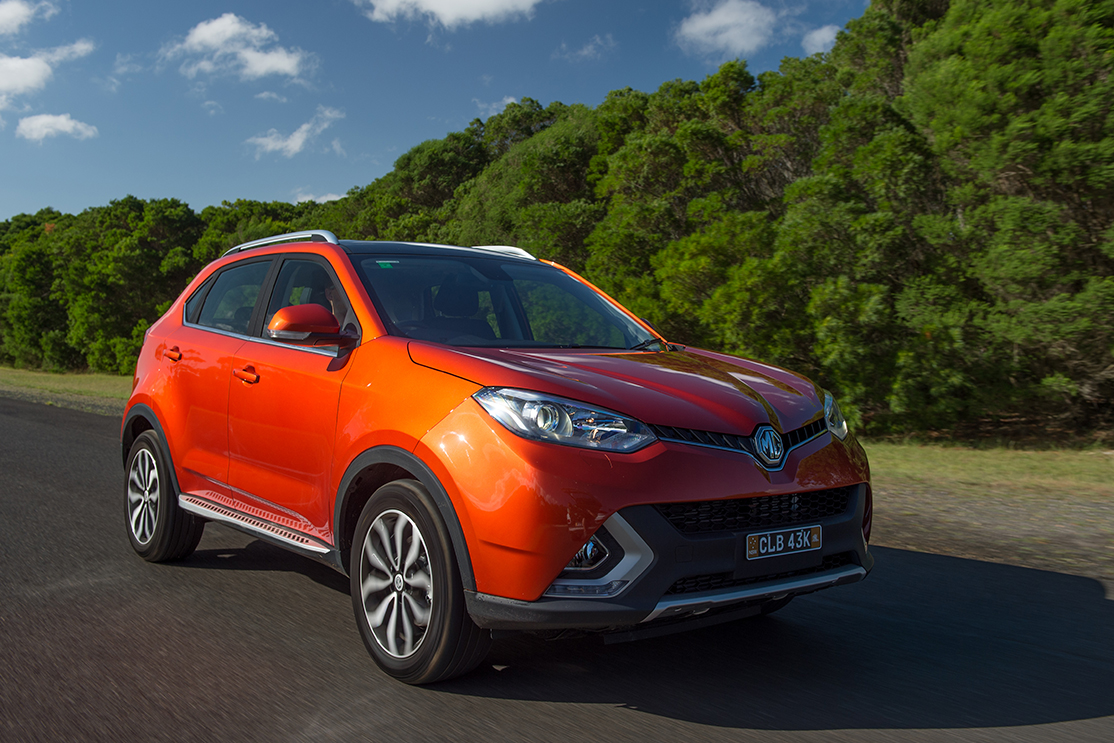
The cabin is exclusively hard-finish plastics and the front seat cushions lack support, though the dash layout is intuitive.
All versions come with parking sensors and Bluetooth, with Vivid adding a reversing camera while the Soul gets leather and sat-nav and Essence X a sunroof. But there’s no AEB, and the GS scores four ANCAP stars.
The rather derivative exterior styling depends heavily on the viewing angle; it’s handsome from the rear three-quarter.
Every MG GS comes with a generous six-year, unlimited kilometre warranty, six years of roadside assistance, and capped-price servicing. Paired with pricing of $23,990 for the Vivid, $25,990 for the Core, $27,990 for the Soul, and $34,990 for the Essence X, the GS makes for a competitive proposition. However, MG’s dealer network of just three locations in NSW and Queensland (more are planned) holds it back.
It’s a respectable effort at a sharp price point, but the MG GS is a long way from challenging the best-in-class small/medium SUVs.
SPECS Model: MG GS Essence X Engine: 1995cc 4cyl, dohc, 16v, turbo Max power: 162kW @ 5000rpm Max torque: 350Nm @ 2500-4000rpm Transmission: 6-speed dual-clutch auto Weight: 1642kg 0-100km/h: 9.9sec (estimated) Fuel economy: 9.6L/100km Price: $34,990 On sale: Now


